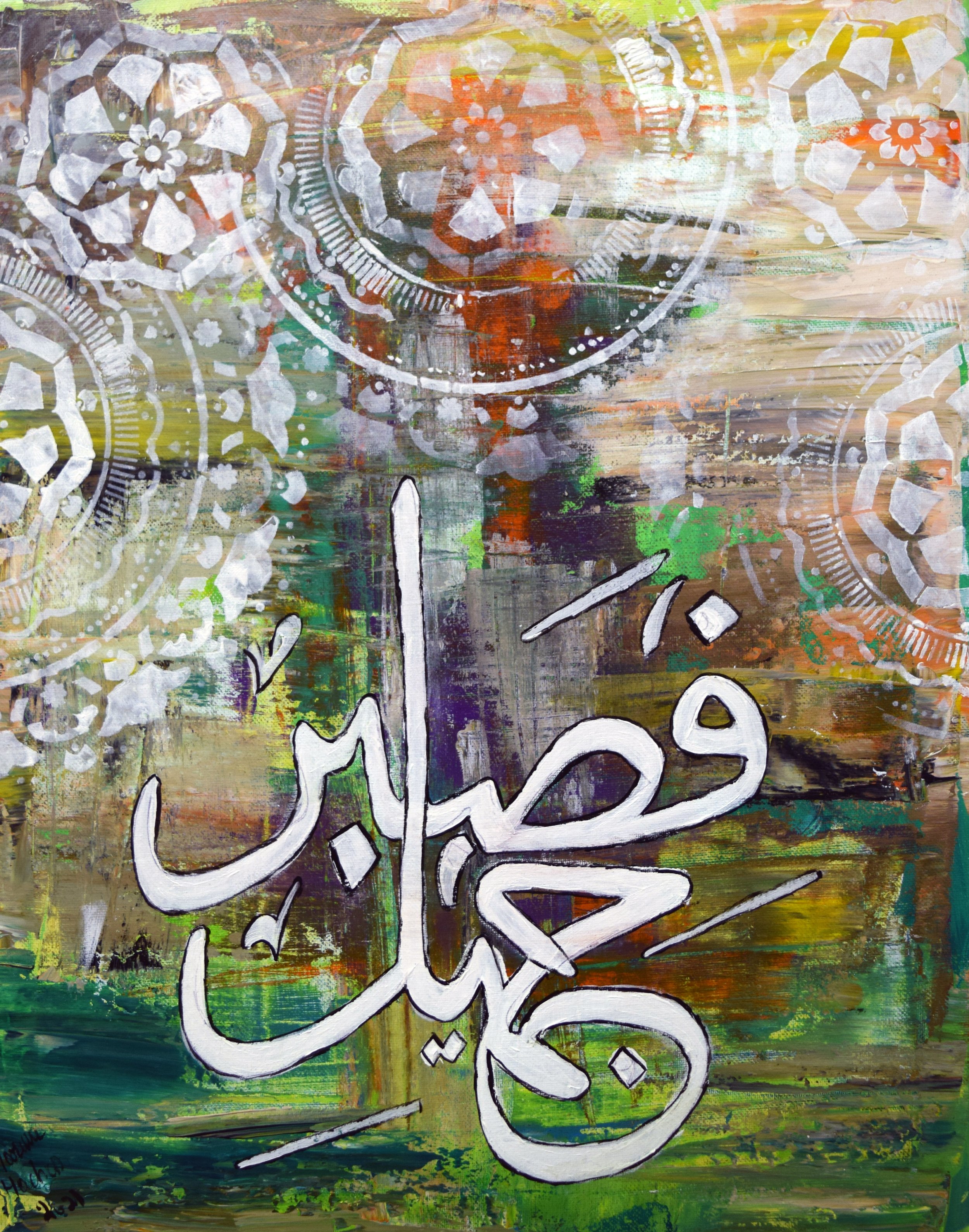The Beauty of Islamic Art: A Global Perspective
Islamic art refers to the artistic creations produced in regions where Islam is the dominant religion or the faith of those in power. It includes a wide range of artistic forms, such as calligraphy, geometric patterns, architecture, and more. Unlike terms like Christian or Buddhist art, Islamic art is not limited to religious themes but encompasses various art forms reflecting the cultural and aesthetic expressions influenced by Islamic traditions.
Calligraphy as an Art Form in Islamic Culture
Islamic calligraphy is a highly revered and distinctive art form that holds a central place in Islamic culture. This sophisticated and elegant practice involves the artistic expression of Quranic verses, poetry, and other significant texts through the skilled use of the Arabic script.
The beauty of Islamic calligraphy lies not only in the aesthetically pleasing arrangement of letters but also in the deep spiritual significance attached to the written word. The art often emphasizes the fluidity and harmony of the script, with skilled calligraphers using various styles and scripts to convey the intended message.
Calligraphy is not limited to religious texts; it extends to include secular works, emphasizing the seamless integration of art and language in Islamic culture. This art form has transcended time and borders, evolving into a diverse range of styles across different regions, featuring the adaptability and creative richness of Islamic calligraphy.
Moreover, Islamic calligraphy serves as a powerful link between the written word and spirituality, fostering a profound connection between the artist, the viewer, and the divine message. Whether adorning the pages of religious manuscripts, architectural elements, or standalone artworks, Islamic calligraphy continues to be a testament to the enduring beauty and cultural significance of this unique artistic tradition within Islamic culture.
Women in Islamic Art
The representation of women in Islamic art serves as a reflection of cultural norms, societal roles, and the evolving perceptions of femininity within the Islamic context. In Islamic art, depictions of women vary across different mediums and time periods, revealing the different perspectives that have shaped artistic expressions.
Traditional Representations
Traditional Islamic art often portrays women in contexts that align with cultural values and religious teachings. Women are depicted in domestic settings, engaged in activities such as family life, weaving, or participating in communal gatherings. These representations emphasize the importance of familial and communal bonds.
Calligraphy and Manuscripts
Islamic calligraphy also features artistic representations of Quranic verses and poetic texts that highlight the virtues and roles of women in Islamic society. Elegant scripts may accompany illustrations, offering insights into the values associated with womanhood and their spiritual significance.
Architectural Elements
In Islamic architecture, representations of women are commonly found in decorative elements rather than figurative forms. Intricate designs on tiles, walls, and ceilings often include symbolic motifs that indirectly allude to the feminine, presenting a balance between aesthetic beauty and cultural sensibilities.
Evolution of Representations
Over time, the representation of women in Islamic art has evolved, influenced by cultural shifts, societal changes, and artistic innovations. Contemporary Islamic art may challenge traditional norms, presenting diverse and nuanced portrayals of women that reflect the dynamic nature of Muslim societies.
Empowerment and Expression
Some modern Islamic artists seek to empower women through their work, using art as a platform to challenge stereotypes and celebrate the various roles that women play in society. This contemporary approach demonstrates the adaptability of Islamic art to address changing perspectives and advocate for gender equality.
It is crucial to approach the study of women in Islamic art with a contextual understanding, recognizing the diversity of interpretations and the influence of cultural, historical, and religious factors on artistic representations.
The Use of Color in Islamic Art
Colors in Islamic art often carry symbolic meanings rooted in the broader cultural and religious context. For example, green is associated with paradise and life, while blue represents spirituality and divinity. Red may signify passion or martyrdom, and gold is often used to convey wealth and divine light.
Beyond symbolism, the careful use of color enhances the visual appeal of Islamic art. From the detailed tiles of mosques to the vivid hues in textiles and manuscripts, artists employ a mixed range of colors to create striking and harmonious compositions. This artistic approach not only reveals the mastery of craftsmanship but also reflects the cultural diversity within the Islamic world.




